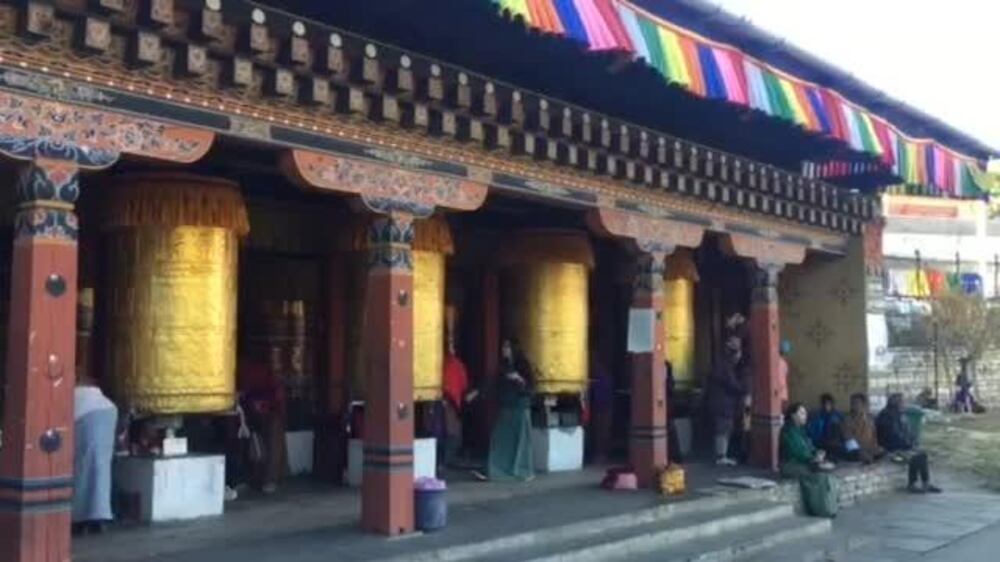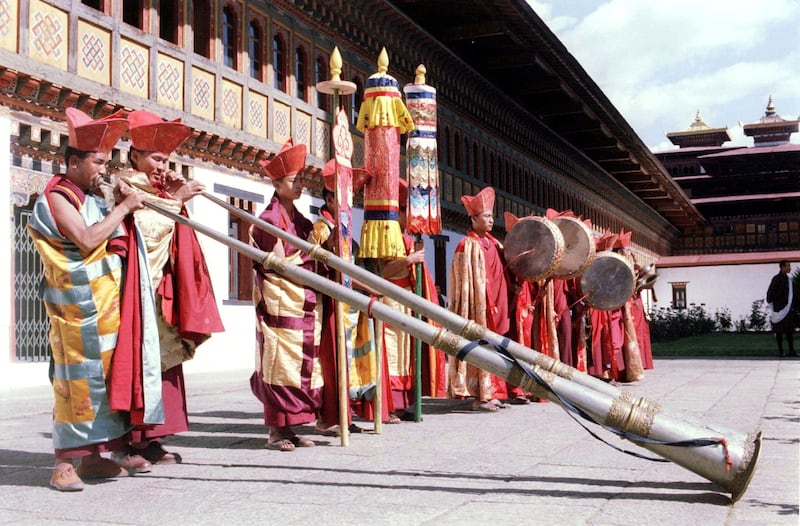The kingdom of Bhutan will reopen its major land border crossings with India this week after more than two years.
The landlocked Himalayan nation had closed the crossing points for tourists in early 2020. This was to prevent the coronavirus from spreading among its population of less than a million people.
Bhutan, often described as one of the world's happiest countries, receives more than 50,000 tourists from India every year ― the most from any nation.

Bhutan and India share a border of almost 700 kilometres along the latter's north-eastern provinces of Assam, Arunachal Pradesh and Sikkim and the eastern state of West Bengal.
While the land border crossings between Bhutan and China remain closed, Samdrup Jongkhar and Gelephu, the two major border crossings with India, will open from Friday.
Indian tourists do not require a visa to enter Bhutan but need an entry permit at land borders and airports.
Entry permits for traders were earlier resumed through the Phuentsholing and Paro crossings.
Families turn prayer wheels at the National Memorial Chorten in Thimphu, Bhutan

Bhutan has reported almost 75,000 Covid cases and 21 deaths since January 2020.
But with the pandemic declining across the globe, particularly in India, the two neighbouring nations are preparing to open the borders.
“We have been wanting to travel to Bhutan for several years and I am happy that the borders are finally opening," Ragini Singh, a resident of New Delhi, told The National. "I can’t wait to pack my bags.”
While tourism plays a vital role in Bhutan's economy, the government keeps a check on visitor footfalls to conserve its ecology.
Bhutan in June announced it would increase a so-called Sustainable Development Fee (SDF) to strengthen efforts to keep the country carbon-negative and a green tourist destination.
The $200 daily fee for all non-Indian international tourists would be used to fund projects that promote carbon-neutral tourism and build a sustainable tourism sector.
Indian tourists would have to pay 1,200 rupees ($15) a day.






